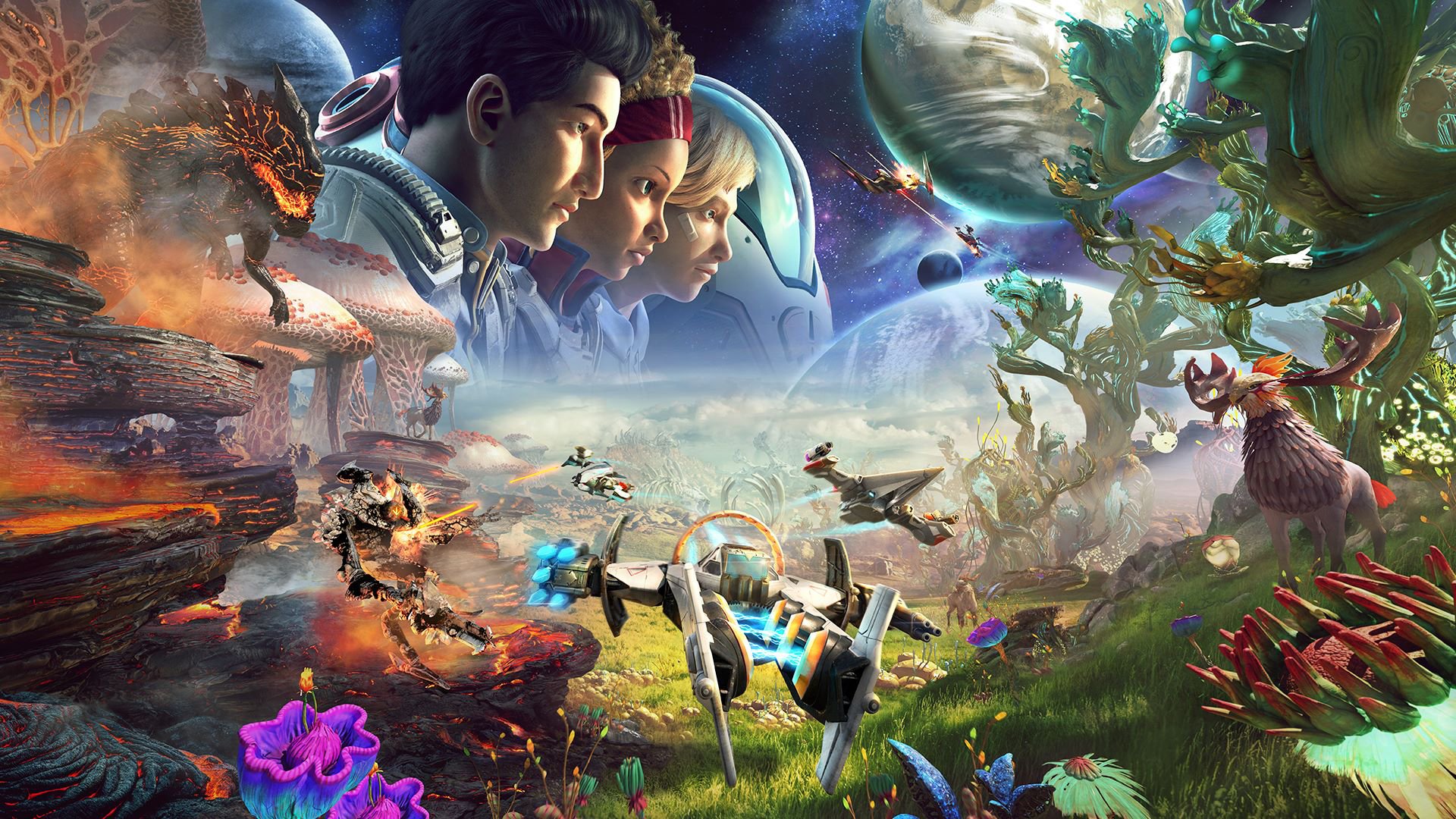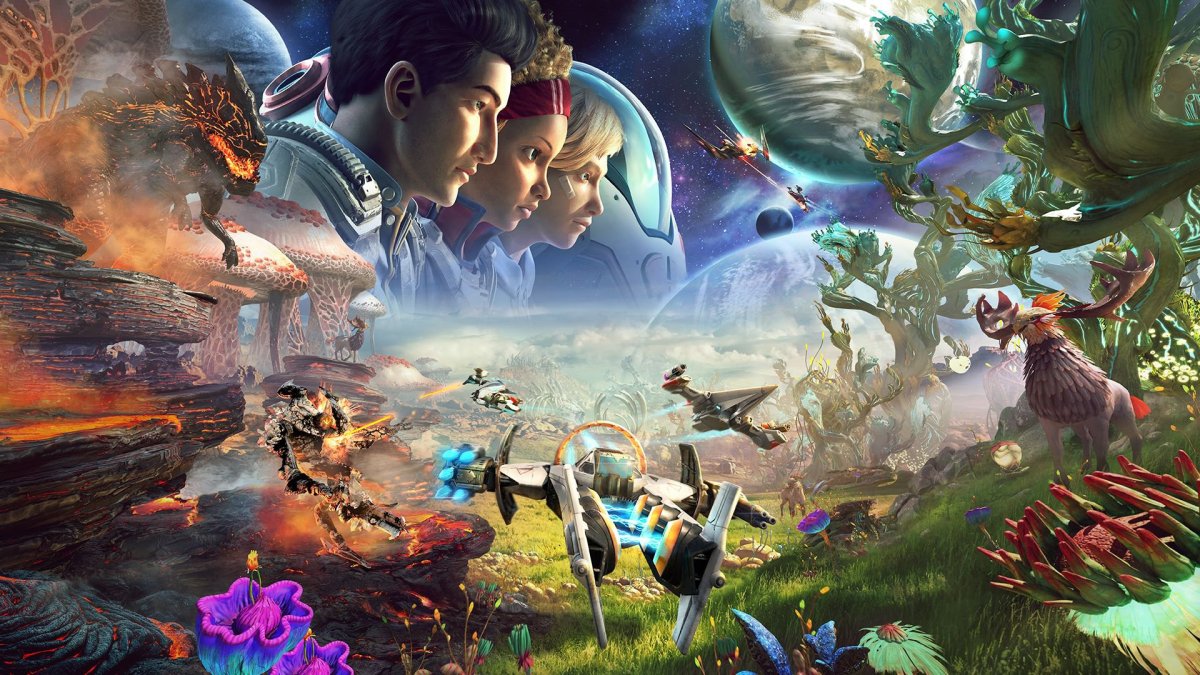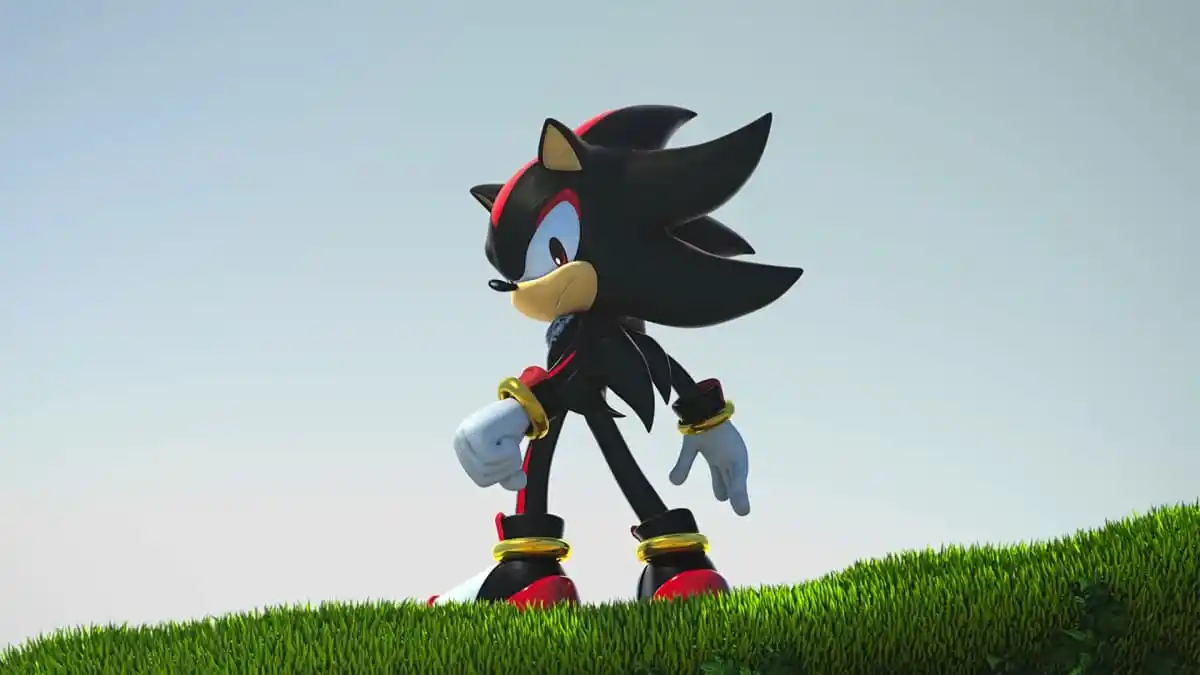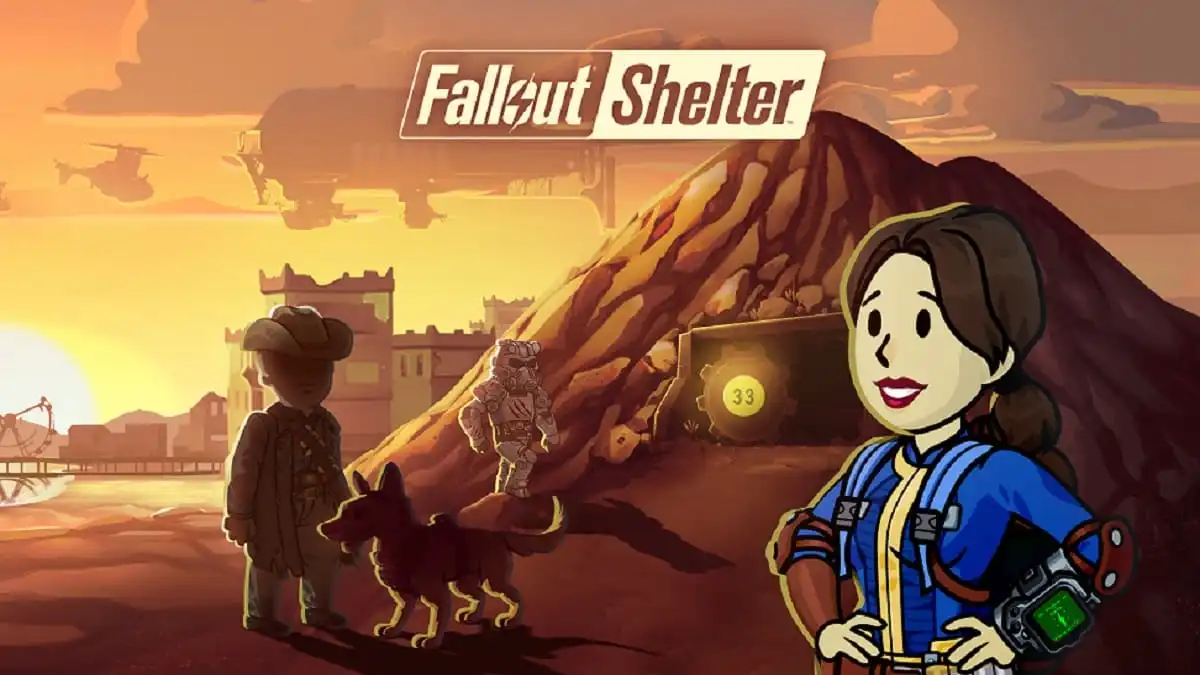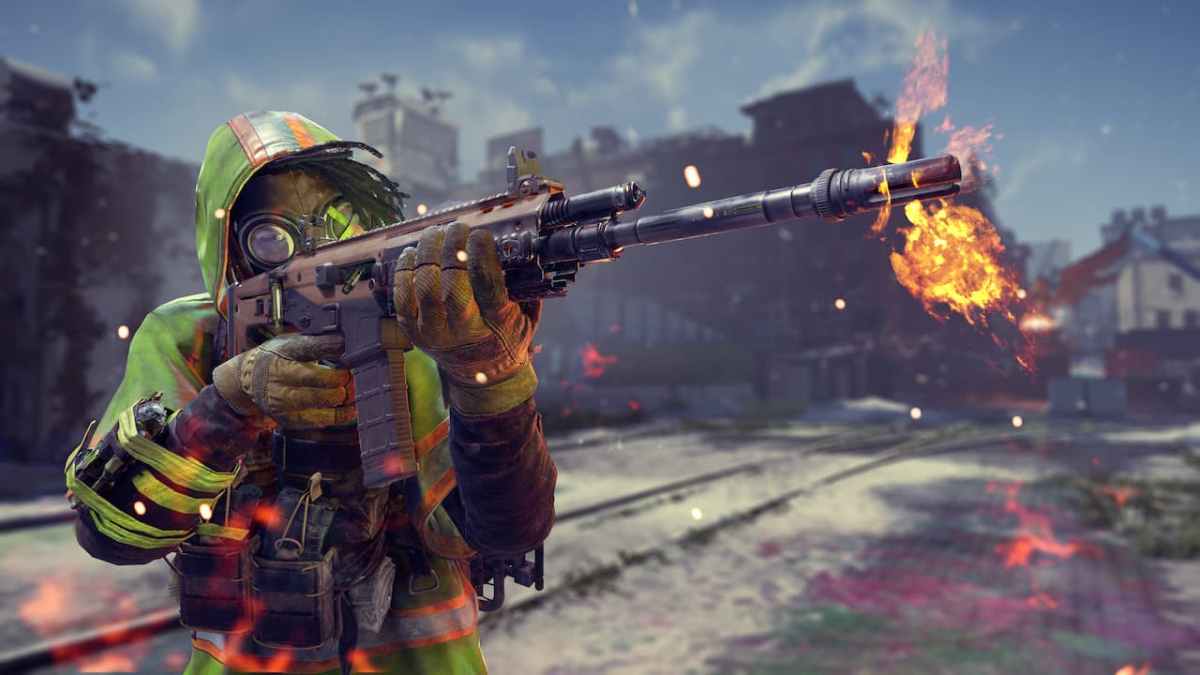Sorry Olivia Newton-John but this is the one time we should not get physical
I’d like to start this review off with a tale of Goofus and Gallant and hope to God the Highlights people don’t sue me for doing so. One day, Goofus and Gallant decide to buy the new toys-to-life game Starlink: Battle for Atlas. Goofus walks into his local GameStop and buys the PlayStation 4 Starter Pack and nothing else. Gallant uses his Switch to log into the eShop where he purchases the Digital Edition of the game for $15 less than what Goofus paid.
Later that day, both boys are enjoying Starlink when they encounter a particularly tough Prime on the desert planet of Kirite. Gallant has his Arwing destroyed, and quickly switches over to one of his four other ships and keeps fighting. Goofus loses his Zenith in the battle, and because he has no other ships to play with, has to pay a fine to respawn back at the last checkpoint he passed. When they come across a spire that needs to be opened with yellow weapons, Gallant equips his Levitator gun and solves the puzzle with ease. Goofus spends the next 20 minutes scouring for canisters he can throw at the spire to do the same thing, before giving up and blasting off into space to battle a Dreadnought only to die and have to pay a fine to respawn all the way back at the last checkpoint he passed.
If you plan on picking up Starlink: Battle for Atlas, don’t be a Goofus. Be a Gallant.

Starlink: Battle for Atlas (PlayStation 4, Xbox One, Nintendo Switch [reviewed])
Developer: Ubisoft Toronto
Publisher: Ubisoft
Released: October 16, 2018
MSRP: $59.99 Digital Edition, $74.99 Starter Pack
Starlink: Battle for Atlas is Ubisoft’s attempt to do toys-to-life right. Back in 2015, when the genre hits its peak with Skylanders, Lego Dimensions, and Disney Infinity all taking up entire aisles in Toys’r’Us stores, any customers who didn’t want to buy a game and a bunch of little figures just so they could play it were left out. None of those franchises gave people the option to buy their accessories digitally, and now two of them are dead and one is on hiatus. With Starlink, Ubisoft has created a title bridges the gap between toy collectors and those who just want the game. Unfortunately, the end product is one that greatly benefits people who don’t care about toys and leaves those who do buy the physical ships holding the short end of the stick.
The central gimmick of Starlink revolves around swapping out the pieces and parts of your ship to make your own, unique flying machine. Digitally, this is a snap. With the basic Digital Edition of the game will give you access to a few ships, pilots and weapons to tinker around with. While there is no simple button to push to start from scratch, it’s intuitive and only takes a moment to switch out rigs before getting you back in the action.
When going with the Starter Pack, it’s a lot more laborious and limited process. You can’t switch ships on the fly and you only have access to the weapons that are included in the set. Even if you are using the physical Arwing with the digital edition of the game, so long as your Joy-Con controllers are inserted into the included controller mount, you can only use the ship currently attached. Ship destroyed in battle? Now you have to carefully remove your ship from your controller and attach the next. Don’t have another ship? Pay a fine (with in-game currency) and get sent back to the last checkpoint.
Now, I should note this does not apply when playing Starlink in handheld mode. The Switch Starter Set includes the Arwing toy and a digital Zenith ship. When taking the game on the road, you don’t need to worry about bringing the toys with you. Every toy you scan into Starlink will unlock a digital version that’s good for seven days.
The disparity between the two versions of the game creates an unusual situation where people who pay less are receiving the superior experience. You get more with the $60 Digital Edition than you do spending more than $100 on plastic accessories. The toys are pretty decent, the starships anyway, but having multiple vessels at the ready is important in Starlink because ships are pretty much this game’s version of lives. Repairing a ship, and thus regaining a life, is stupidly inexpensive but it can only be done in certain locations. Of course, the need to repair ships is entirely in the hand of the player.
In addition to four different difficulties and multiple aim assist settings, Starlink is a game that rewards hard work by making the experience easier. The goal of this open-world game is to free the Altas system from Grax and his Forgotten Legion. As a pilot with the Starlink team, you’re tasked with visiting each planet in the system and freeing them from the Legion’s clutch by completing a set list of often menial tasks. You land on a planet, destroy swarm hives, construct facilities to expand your influence, eliminate extractors, and free encampments before battling the Prime beast unleashed by the Legion to take over the planet. This method of planet salvation remains the same for each colorful world you visit.

Eliminating the Prime is the goal for each world and you’re free to go after it the moment you touch down. However, doing all that busy work will make it easier. When you construct a facility on a fallen hive, one of the options you have to build is an armory. An armory will recruit other pilots to patrol the planet and help you in battle. With an armory, you can more easily take down extractors. Take down enough extractors, and the Prime roaming the planet’s surface will decrease in power. A full-power Infernal Prime has four phases to its fight making for a long and exhilarating battle. A basic Prime, depleted of all its power from destroyed extractors, can be taken down in less than 90 seconds.
The hard work extends beyond terrestrial matters as well. Eliminating Primes from planets will decrease the power of the Dreadnoughts sent by Grax to take over worlds of the Altas system. Each Dreadnought is powered up by two Primes and once those are eliminated, the battles against these massive ships become a lot more manageable.
I absolutely love fighting my way through the Dreadnoughts. In fact, I love the combat in this game period. Whether I’m taking down a group of outlaws who’ve ensnared me in a hyperdrive trap or doing battle with the various cyclopes the Legion unleash on every planet, Starlink is at its best when I’m killing something. These battles can get quite intense and the Switch hardware does an extraordinary job of keeping framerate drops to a minimum when either docked or in handheld mode. It’s incredibly fluid and Ubisoft Toronto absolutely nailed the controls for the two different types of combat. In space or when flying, you have full control of your spacecraft and enemies can come at you from any direction. When gliding across a planet’s surface, your ship controls like a hovercraft, letting you move in all 360 degrees as you dodge incoming attacks or circle a foreign creature as part of a fauna scan.
Fauna scans are just some of the busy work Starlink has to extend the life of the game. Each facility you build will come with its own set of missions, but completing them is not really required to beat the game. On the first planet I was stuck on, I took the time and made the effort to complete each mission an observatory or excavator would assign to me. When I reached the second planet and realized all of those missions were the exact same, I realized maxing out each planet wasn’t going to be worth my time or effort. Ubisoft Toronto put a lot of work into making each of these worlds distinct from one another, using the power of the Snow Drop engine to create some truly captivating landscapes, but not enough attention was given to making each planetary experience unique. Though flush with flora, these worlds are largely barren with only a few giant animal species roaming the surface. There are no cities, or ruins or points of interest to discover, just the cookie-cutter facilities I construct and carbon-copy encampments scattered across each world.

I would be remiss if I didn’t touch on the Star Fox features found in the Switch version of Starlink. To put it bluntly, it’s a pretty small portion of additional content. There are a handful of missions scattered across a few of the planets that can be completed in less than two hours. Ubisoft Toronto did a decent job of including Fox and friends in the game’s story, having them present from the very start of the campaign. Eventually, they set out on their own — after hilariously disappearing in the middle of a cutscene for no reason — but they’ll occasionally pop up in your com system to remind you of the missions at hand.
While I admire the work that went into fully voicing the Star Fox crew and creating custom cutscenes for the Switch version of the game, there really isn’t any Star Fox influence in this exclusive string of missions. Each one plays more or less like the rest of the game and while I think the final battle at Wolf’s lair is arguably the best space fight in the entire package, the soul of Star Fox is completely absent. You could replace Star Fox with just about any other sci-fi franchise and still get the same experience.
Starlink: Battle for Atlas is a good game that’s robbed of greatness by a lack of ambition and terrible toys-to-life implementation. Everything it gets right – the clever mix-and-match shipbuilding, the combat, the controls, the imaginative alien worlds, the decent space opera storyline – can’t escape the vortex of tedium that comes with pedestrian mission design, planets that are mechanically the same, and the crushing knowledge that people who buy just the Starter Pack are getting an unquestionably inferior experience.
[This review is based on a retail build of the game provided by the publisher. In addition to receiving the Digital Deluxe Edition of the game, several of the Starlink ships, pilots, and weapons toys-to-life accessories were provided as well.]
